It’s the longest-ever period between an artist having No 1 singles; a gap of 44 years from when Kate Bush scaled the peaks with Wuthering Heights to the current success of Running Up that Hill.
When the singer-songwriter first released her Gothic song, inspired by the Emily Bronte novel, early in 1978, she was still a teenager, Jimmy Carter was the American president, Margaret Thatcher was a year away from becoming the Prime Minister and Grease was the summer’s big box-office movie hit.
But if Kate appeared to have emerged from her own private world, she was helped by the wistful, almost otherworldly guitar performances of another young musician who had grown up in the far north of Scotland.
And, even as a new generation enjoys her 70s and 80s work after Running Up that Hill was featured on the cult series Stranger Things, perhaps it’s time to pay homage to how Ian Bairnson was an integral part of Kate’s early hits.
Bairnson, who was born in 1953, spent his early years in Levenwick, a small village about 17 miles from Lerwick, on the east side of the South Mainland of Shetland. From an early age, he was interested in music and bought his first guitar at the age of six, for £3 15 shillings, with what he later described as “some birthday money”.
His father, John, owned a local shop and while it was a remote setting, the youngster was encouraged and influenced by one of his neighbours, Peerie Willie Johnson, who dwelt at Bigton on the other side of the hill.
Though still a child, Bairnson marvelled at the rhythmic sounds which Johnson could produce on his guitar whenever he visited him and began to soak up knowledge like blotting paper, which inspired him in his own efforts.
Tragically, he lost his dad when he was just nine in 1963 and the family moved to Edinburgh. But that was only the start of a peripatetic career which propelled Bairnson to the top of the charts before he ever met Kate Bush.
In some quarters, they were derided as teenyboppers, but with hindsight, Pilot were the antithesis of the Bay City Rollers.
When they released their first LP From the Album of the Same Name in 1974, it featured a beguiling mixture of pop, rock, bossa nova, a quirky pub anthem in Auntie Iris and a bona fide classic hit single in Magic, which is still heard on football terraces and the occasional TV advertisement.
Bairnson only featured on one track, but he was fully on board for their next effort, Second Flight, which propelled the band to the top of the charts with January at the beginning of 1975.
And it offered further evidence that Bairnson and his fellow band members, David Paton, Billy Lyall and (Aberdeen-born future 10cc drummer) Stewart Tosh, weren’t simply expert craftsmen, but as comfortable with appearing live on The Old Grey Whistle Test as they were on Top of the Pops.
The Pilot project soon hit the buffers, and there was something ironic from Bairnson’s perspective about how January was knocked off its pedestal by Cockney Rebel’s Make Me Smile (Come Up and See Me).
Prior to joining his fellow Scots, he had been been given the opportunity to become part of Steve Harley’s iconic band, but politely declined the offer.
In the grand scheme, it didn’t matter much because Bairnson’s expertise as a guitarist had attracted interest from some seriously big names – and, as 1976 turned into 1977, he and Paton were recruited as the engine room of The Alan Parsons Project which became a global multi-million-selling phenomenon.
Life was hectic for the Shetlander and his companions. Whilst recording the Alan Parsons work I Robot at the famous Abbey Road studios, he and Paton were enlisted to provide backing vocals for a song being created next door.
It just happened to be a catchy little ditty called Mull of Kintyre by Paul McCartney and Wings, which subsequently became the top-selling single in UK history for the former Beatle and his new bandmates.
By this stage, punk was taking over the charts to a large extent, but there was always room for new talent with a USP – and nobody could have foreseen the impact made by Kate Bush when she unveiled The Kick Inside in 1978.
This was an LP of staggering imagination, featuring several songs which had been written when she was only 13 or 14. It was balletic, melodic, eccentric, occasionally mad as a bag of frogs and mesmerising in equal measure.
But what would the first single be? EMI wanted James and the Cold Gun (which might be the worst track on the album). Bush, who described herself as “the shyest megalomaniac you’re ever likely to meet” disagreed. And eventually, they all plumped for the song with nods to the Bronte canon.
Now it was time for Bairnson to do for Wuthering Heights what Raf Ravenscroft had done for Gerry Rafferty’s Baker Street.
It turned into one of those joyous occasions where everything clicked. Bush recorded her vocal in a single take and even some seasoned studio hands were amazed at the nonchalance with which she performed the swooping lyrics.
The melancholic guitar solo was played by Bairnson, who initially said he disliked the tone due to “purely guitarist reasons”, but that’s what happens when you are a perfectionist. Audiences loved it, not least because it has a heartbreaking quality as the record fades out the way the novel ends.
Engineer Jon Kelly – who went on to work with the likes of Paul McCartney, Tori Amos and the Beautiful South – was an ingenu when he was at the helm for that original session of the song. No wonder he said later: “I remember finishing that first day….and thinking: ‘My God, that’s it. I’ve peaked!”
Wuthering Heights was simply unique in the history of popular music.
It was the first time a female singer-songwriter had ever topped the charts with a self-penned song. It had a video which featured just her in a swirl of fog and choreographic movement. She was completely in control at the age of 19.
Behind the scenes, Bairnson and Paton recorded the majority of the tracks for both The Kick Inside – which went platinum – and the follow-up Lionheart. There was great work on such songs as The Man with the Child in His Eyes, Strange Phenomena (long before Stranger Things) and Hammer Horror.
And although they had departed by the time Bush released Running Up that Hill in 1985, that didn’t mean life was any less hectic.
If anything Bairnson seemed determined to prove he could hit his stride in any musical genre whether writing, recording or performing.
During the 1980s, he worked with The Alan Parsons Project, Jon Anderson, Buck’s Fizz (he co-wrote their 1983 hit Run For Your Life), Elaine Paige, Mick Fleetwood, Bananarama, Kenny Rogers, David Sylvian, in addition to rejoining Kate Bush for her experimental 1982 album The Dreaming.
Then, in the 1990s, he teamed up with the likes of Sir Tom Jones, Jim Diamond, Beverley Craven and Tam White, while touring with Alan Parsons.
Nobody could ever accuse him of being one-dimensional or lacking industry or innovation. And, meanwhile, Japan woke up to the delights of Pilot and their albums suddenly became popular again with a whole new fan base, who demanded fresh material from Bairnson and Paton.
However, his busy itinerary couldn’t carry on indefinitely or not once his wife, Leila, posted a message on Facebook in 2018.
She said: “I and Ian’s family would like to make you aware that he has been diagnosed a while ago with a progressive neurological condition which affects his communication skills.
“As a result, he will not be playing in public in future, although he still plays guitar and piano daily for his own pleasure. We would like to thank you for your loyal support through the years and to assure you that he is otherwise very healthy and receiving good care”.
It’s sad that such a gifted musician can no longer perform on concert stages. But Ian Bairnson has left a rich legacy for future generations to savour.
And that unforgettable, spine-tingling fade-out on Wuthering Heights!
More like this:
Paul McCartney at 80: Ex-Beatle’s bliss in Scotland despite bad vibes in Aberdeen

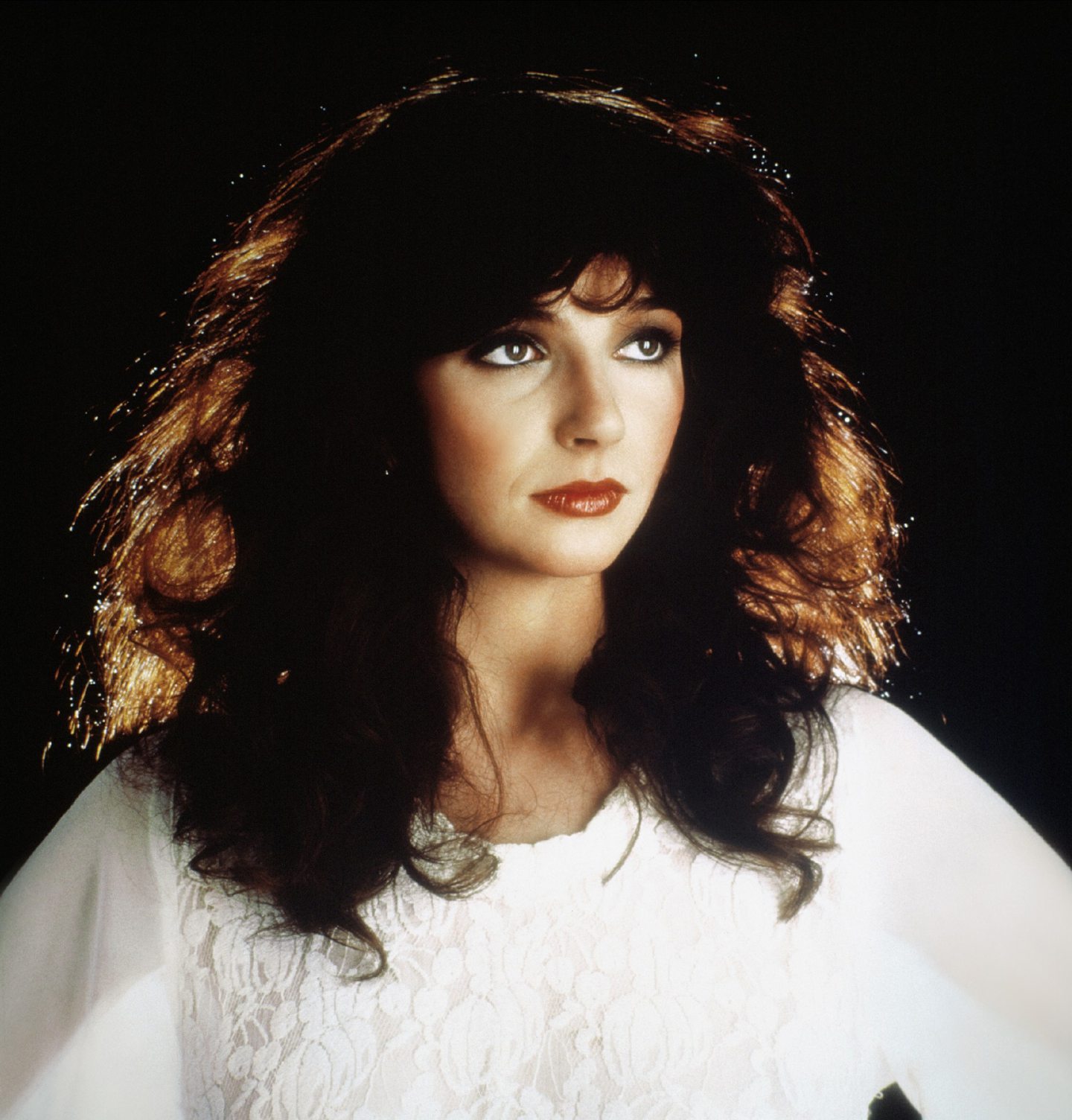
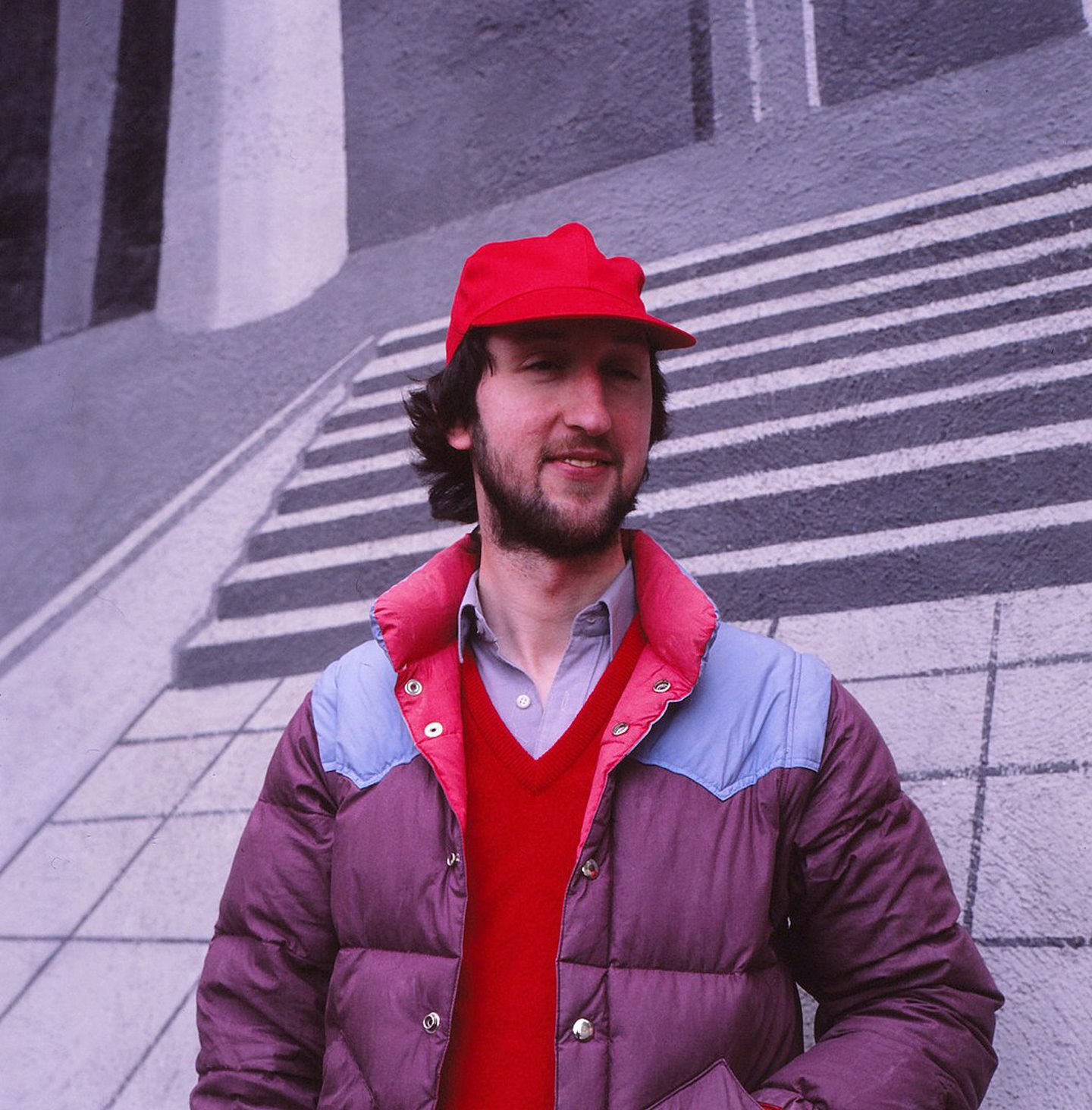
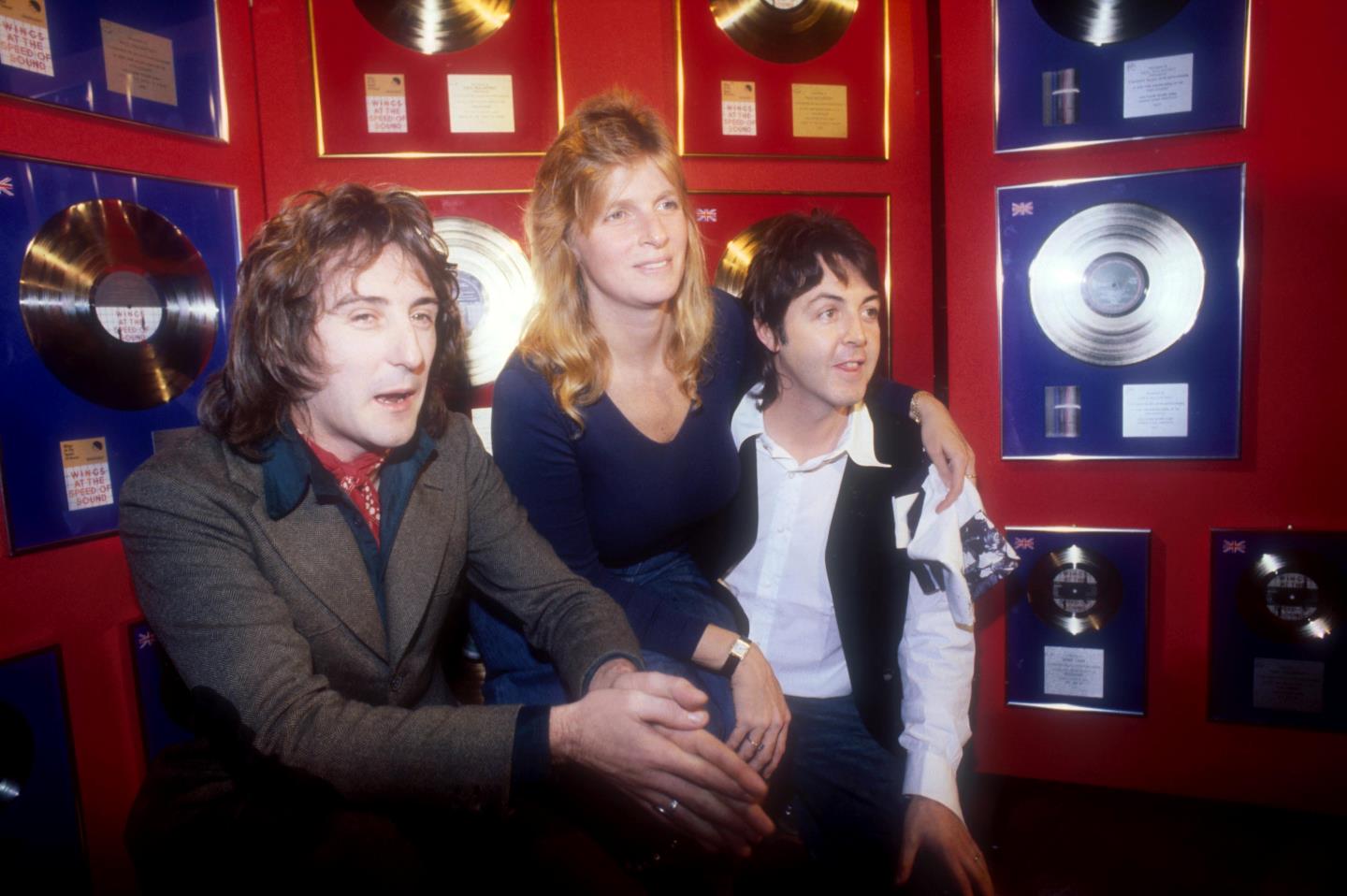
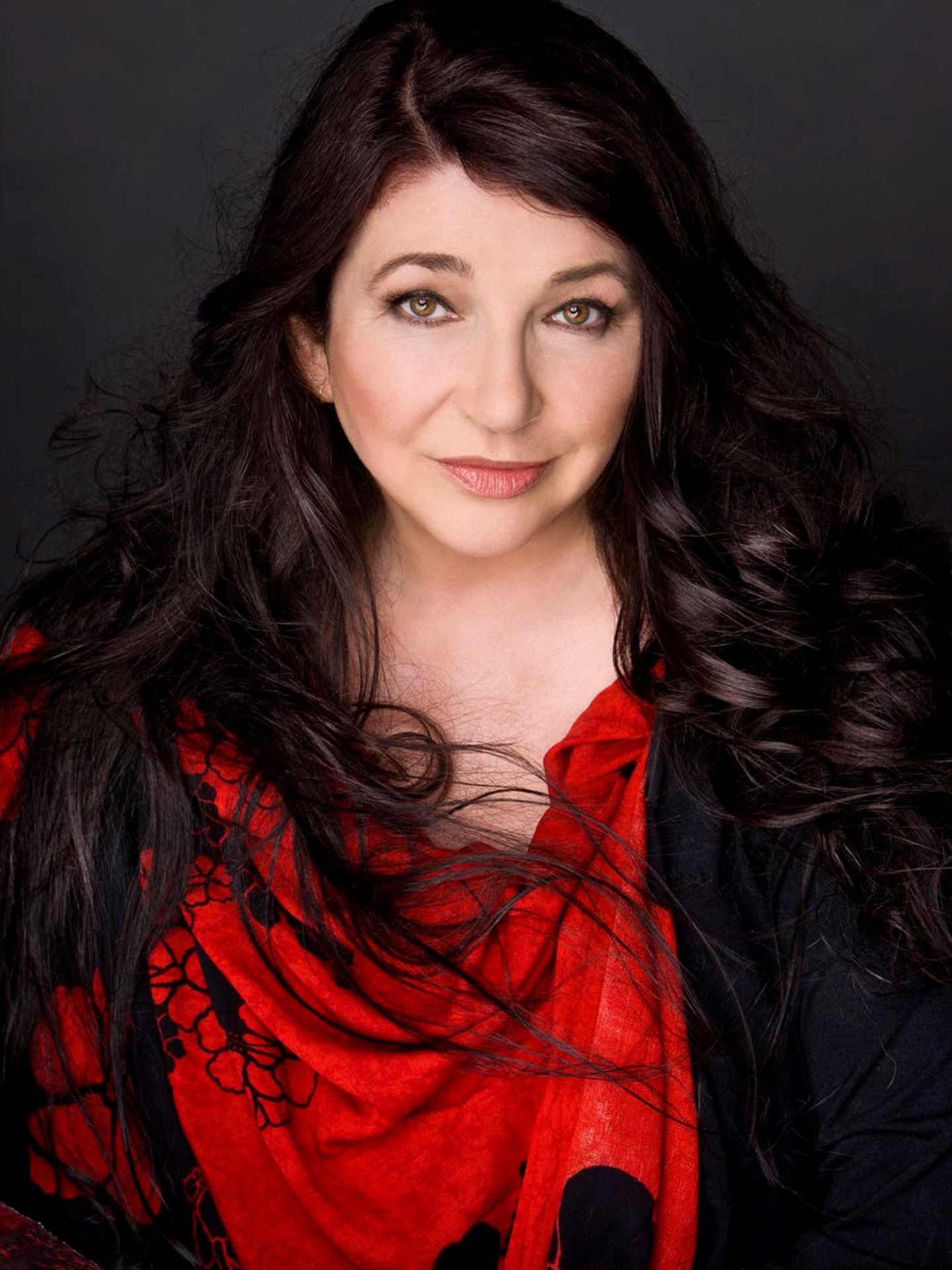
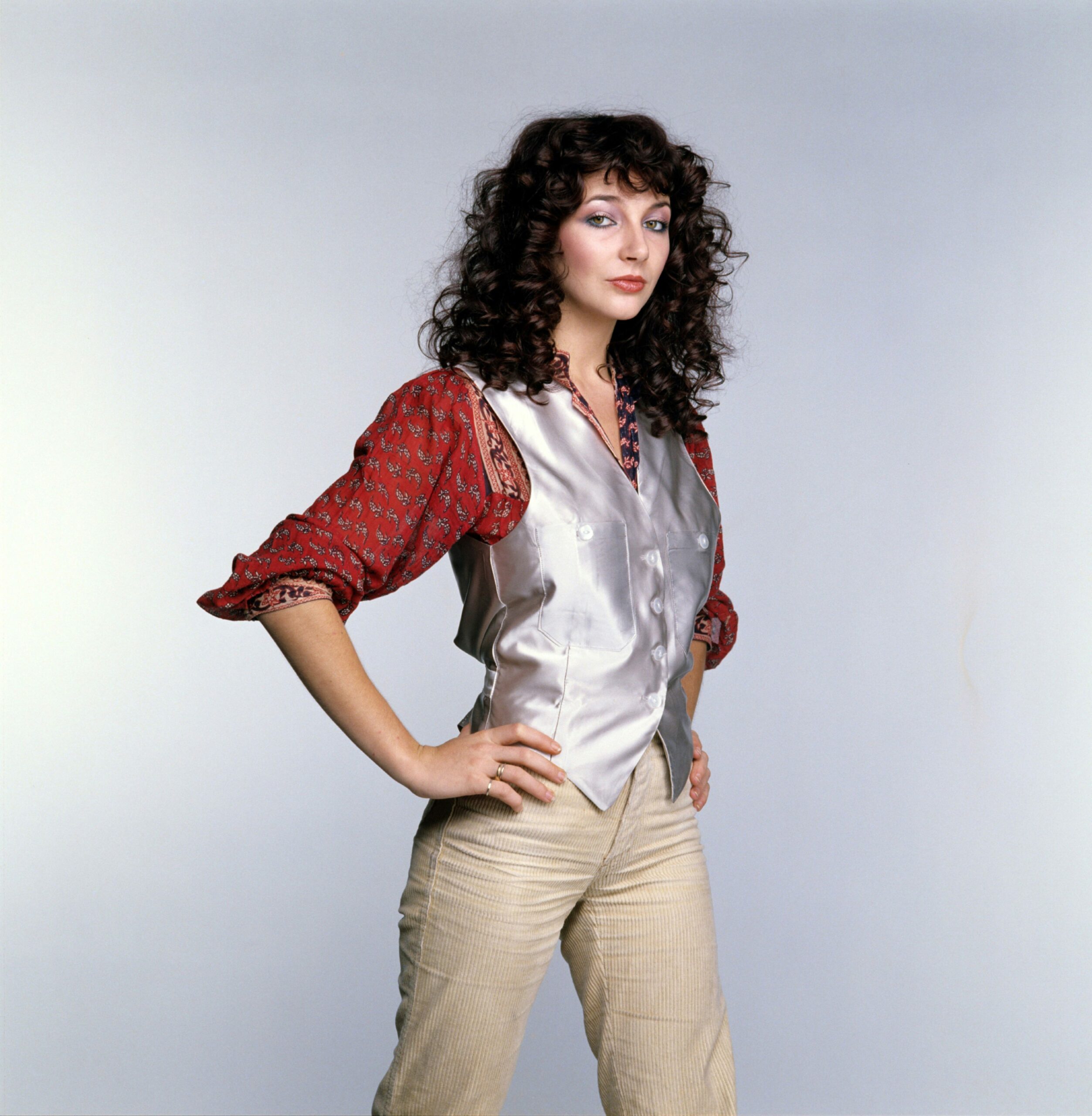
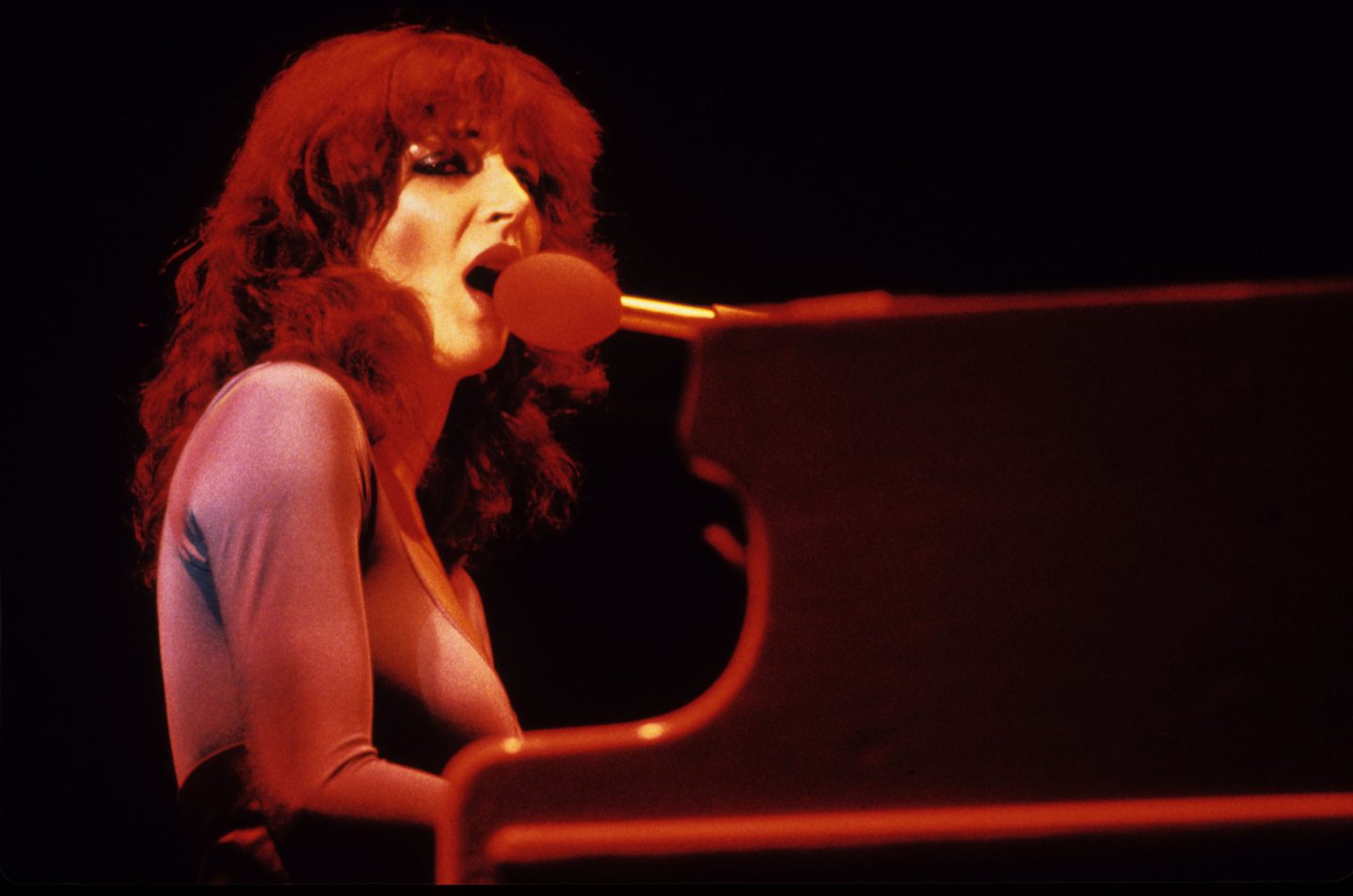
Conversation